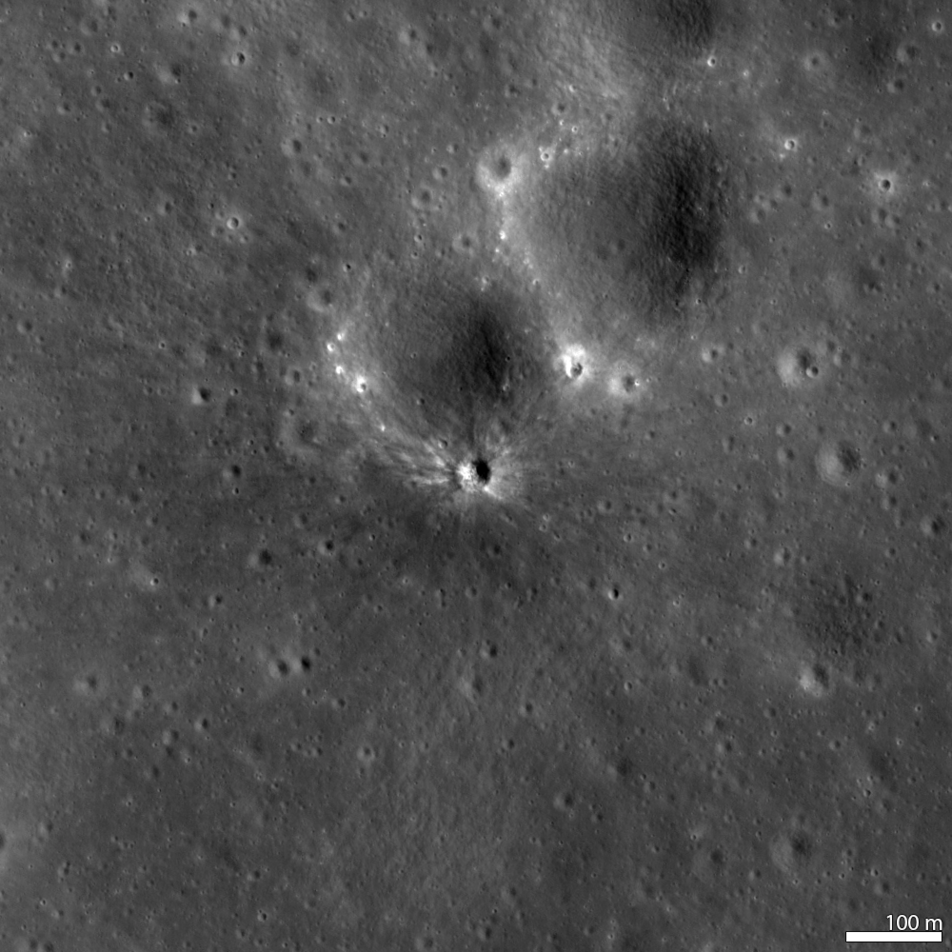

Diviner The Diviner Lunar Radiometer Experiment measures lunar surface thermal emission to provide information for future surface operations and exploration. The orbiter carries a complement of six instruments and one technology demonstration:Ĭosmic Ray Telescope for the Effects of Radiation (CRaTER) The primary goal of the Cosmic Ray Telescope for the Effects of Radiation is to characterize the global lunar radiation environment and its biological impacts.

In addition, LRO has provided images and precise locations of landers and equipment from previous American and Russian lunar missions, including the Apollo sites. Īreas of investigation include selenodetic global topography the lunar polar regions, including possible water ice deposits and the lighting environment characterization of deep space radiation in lunar orbit and high-resolution mapping, at a maximum resolution of 50 cm/pixel (20 in/pixel), to assist in the selection and characterization of future landing sites. The one-day delay was to allow the Space Shuttle Endeavour a chance to lift off for mission STS-127 following a hydrogen fuel leak that canceled an earlier planned launch. Launch was rescheduled for June 17, 2009, because of the delay in a priority military launch, and happened one day later, on June 18. Launch was planned for October 2008, but this slid to April as the spacecraft underwent testing in a thermal vacuum chamber. Its mission duration was planned for one year, but has since been extended numerous times after review by NASA.Īfter completing a preliminary design review in February 2006 and a critical design review in November 2006, the LRO was shipped from Goddard to Cape Canaveral Air Force Station on February 11, 2009. ĭeveloped at NASA's Goddard Space Flight Center, LRO is a large (1,916 kg/4,224 lb ) and sophisticated spacecraft. As of 2019, LRO has enough fuel to continue operations for at least seven more years, and NASA expects to continue utilizing LRO's reconnaissance capabilities to identify sites for lunar landers well into the 2020s. The total cost of the mission is reported as US$583 million, of which $504 million pertains to the main LRO probe and $79 million to the LCROSS satellite. The first images from LRO were published on July 2, 2009, showing a region in the lunar highlands south of Mare Nubium ( Sea of Clouds). The probe has made a 3-D map of the Moon's surface at 100-meter resolution and 98.2% coverage (excluding polar areas in deep shadow), including 0.5-meter resolution images of Apollo landing sites. LRO and LCROSS were launched as part of the United States's Vision for Space Exploration program. Launched on June 18, 2009, in conjunction with the Lunar Crater Observation and Sensing Satellite (LCROSS), as the vanguard of NASA's Lunar Precursor Robotic Program, LRO was the first United States mission to the Moon in over ten years. Its detailed mapping program is identifying safe landing sites, locating potential resources on the Moon, characterizing the radiation environment, and demonstrating new technologies. Data collected by LRO have been described as essential for planning NASA's future human and robotic missions to the Moon. The Lunar Reconnaissance Orbiter ( LRO) is a NASA robotic spacecraft currently orbiting the Moon in an eccentric polar mapping orbit.



 0 kommentar(er)
0 kommentar(er)
